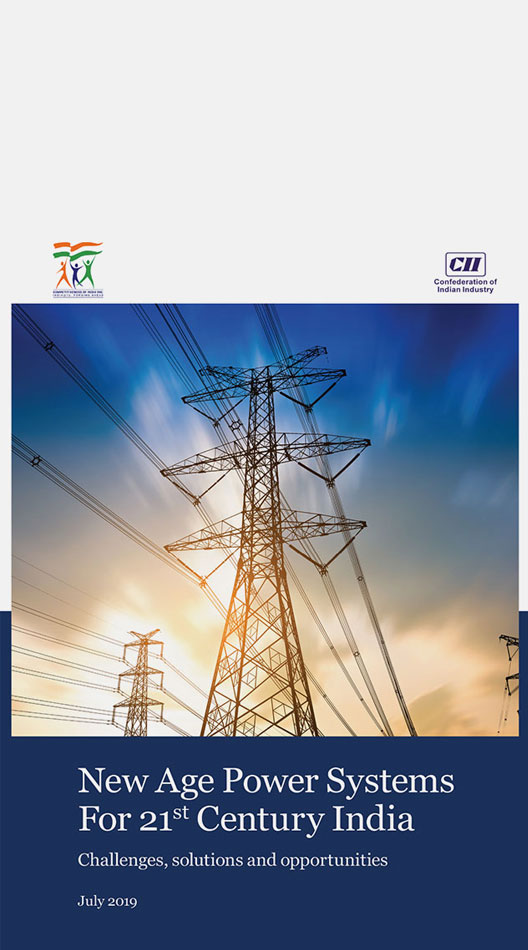

INSIGHTS
Recommendations to accelerate power transmission growth in India
India's power generation capacity is soaring especially with the Central Government pushing ahead with several key initiatives including the Deen Dayal Upadhyay Gram Jyoti Yojana (DDUGJY), the Integrated Power Development Scheme (IPDS) and the Pradhan Mantri Sahaj Bijli Har Ghar Yojana (Saubhagya).
In a new white paper titled, New Age Power Systems For 21st Century India – Challenges, solutions and opportunities, industry body Confederation of Indian Industry (CII), has said that India today has the fifth-largest power generation capacity in the world and is ranked third in terms of electricity production. In FY 2018, it produced 1,200 billion units (BUs).
'One Sun, One World, One Grid'
The report states that the Prime Minister's call for 'One Sun, One World, One Grid' set the tone for a strong transmission system that will support India's Renewable Energy growth, also integrating the growth of renewables in the world.
According to the CII White Paper, the passage of the Electricity Act, 2003, promoting competition represented a landmark moment for the Indian power sector, and its effective implementation has attracted and nurtured private participation.
Opening the development of transmission projects to the private sector, the Tariff Based Competitive Bidding (TBCB) mechanism accounted for 41 per cent out of a total of Rs1,030 billion invested on transmission assets creation since 2011.
The report further states that the transmission sector must respond to and take advantage of those shifts to achieve the twin objectives of energy access and affordability in the country. It also culls out eight short-term and seven medium-term imperatives and possible action-points for nurturing a competitive transmission sector.
Transmission sector changes
According to the CII paper, eight critical essentials can shape the trajectory of India's transmission sector with near-term options:
- More flexible transmission planning: The nature of transmission planning needs to change from deterministic to anticipatory (probabilistic)
- Separation of Central Transmission Utility (CTU) from Power Grid Corporation of India Ltd (PGCIL): The fact that CTU is a part of PGCIL creates a conflict of interest between the role of a planner and a developer
- Tightening of grid performance parameters in the context of increasing renewable energy (RE) integration
- Improved reliability of the network by developing contingencies in the system
- Compression of project timelines from notification to the commencement of construction by 40 per cent
- Promotion of innovation through greater freedom of design
- Capacity augmentation of existing transmission
- Incorporation of energy-storage solutions as transmission system elements to meet flexibility requirements
The CII white paper also suggests seven stand-alone requirements that could be considered over the medium-term in a span of three years. These include:
- State Transmission Utilities (STUs) to make underground intracity power transmission mandatory in the top 50 cities
- CERC to bring a policy for shareability and transferability of long-term open access licensees (LTOA)
- State Electricity Regulatory Commissions (SERCs) to create a revenue-pooling method for states (similar to Central PoC pooling concept) so that developers feel more comfortable investing in states
- Ministry of Power (MoP) to issue guidelines for mandatory representation of major power transmission asset developers on committees like the National Committee on Transmission (NCT), Empowered Committee on Transmission (ECT) and Regional Power Committee (RPC) to ensure a level playing field in decision-making process
- CERC to create a framework for creation and maintenance of an ancillary services market in India by the Power System Operation Corporation (POSOCO)
- CEA/MoP to create a framework for monetisation footprint of urban transmission and distribution assets
- Facilitate use of innovative models of ownership and financing, e.g., Toll-Operate-Transfer (TOT) model
Read the full report here.